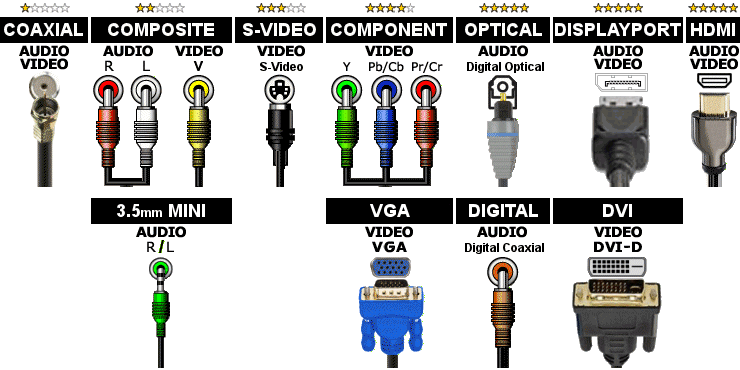Exploring the Development of Digital Display Tech and Its Impact on Setup Practices
Wiki Article
Digital signage technology has come a significant way since its beginning. At first, signs were fixed and needed manual modifications, which could be labor-intensive and challenging. With the progress of innovation, digital signage has developed into a flexible and interactive platform. Currently, displays can show vibrant graphics, videos, and real-time data, making them more captivating for viewers. This transformation has not only altered how information is presented but has also transformed the way companies and organizations communicate with their customers.

One of the key developments in digital signage solutions is the utilization of high-definition screens. These screens offer improved clarity and color precision, which improves the overall viewing encounter. Additionally, the advent of light-emitting diode and LCD systems has made it possible to produce slimmer and lighter screens. This has enabled for more versatile setup choices, such as wall installation, hanging, or even independent displays. As a consequence, businesses can choose the most suitable setup that fits their environment and customer needs, making digital signage a adaptable answer for various settings.
Another significant advancement is the incorporation of media management platforms (CMS). These systems allow operators to quickly create, schedule, and oversee material across multiple displays from a single platform. This feature is particularly beneficial for companies with several locations, as it guarantees uniform messaging and branding. Furthermore, many CMS systems offer web-based solutions, allowing off-site control and real-time modifications. This means that companies can quickly respond to shifts in data or promotions, keeping their material current and pertinent.
The effect of digital signage technology on installation practices cannot be ignored. With the growth of engaging displays and touchscreens, setup has become more complicated. Technicians must now consider factors such as wiring, networking, and customer engagement. Additionally, the requirement for appropriate mounting and placement this website is crucial to guarantee maximum sightlines and accessibility. As a result, professional installation solutions have become increasingly important, as they offer knowledge in both systems and design to create effective digital signage systems.
In summary, the development of digital signage solutions has profoundly impacted setup practices and the way information is communicated. With improvements in display systems, media management systems, and installation methods, companies can create captivating and impactful signage that captures the focus of their viewers. As digital signage keeps to expand and evolve, it will undoubtedly play a vital role in shaping the future of interaction in various industries.